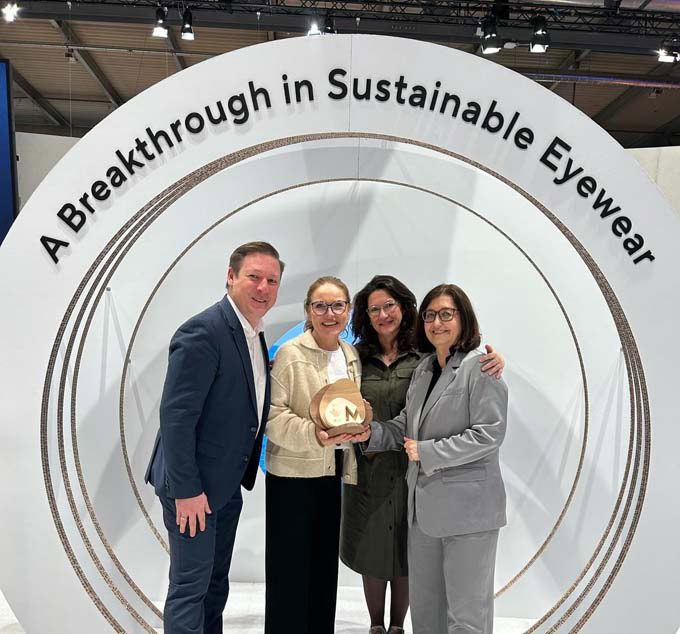Johnson & Johnson Vision is committed to a sustainable future
Contact lens manufacturer Johnson & Johnson is committed to a sustainable future and aims to become climate-neutral by 2030. All ACUVUE contact lenses are already manufactured using 100 percent green electricity. Contact lens practitioners also benefit from this commitment, as Johnson & Johnson Vision provides them with information on the topic of sustainability.

Sustainability is an important purchasing criterion for 47 percent of consumers in Switzerland. With ACUVUE contact lenses, they can be sure they are making the right choice. All lenses from the popular Johnson & Johnson Vision brand are already manufactured using 100% renewable energy from wind power. The company aims to be completely climate-neutral by 2030.
The use of green electricity is one of numerous measures with which the contact lens manufacturer aims to contribute to a sustainable future. The company is focusing on the three key areas of climate change, waste avoidance and nature conservation - and has already achieved considerable success:
- By switching from air to sea freight, the CO2 footprint was reduced by 35 percent.4
- Through various initiatives to increase energy efficiency and the increased use of renewable energies, Johnson & Johnson Vision saves 42,000 tons of CO2 annually. This corresponds to approximately 9,100 fewer cars on the road.
- 90 percent of unused materials from ACUVUE® production facilities are recycled.7
- The abolition of plastic bags for delivery bills alone has saved 10 tons of plastic per year.
"As a global contact lens manufacturer and expert in good vision, we make an important contribution to health. It is therefore part of our self-image to preserve and improve the conditions for a healthy life on our planet," emphasizes Dr. Patrick Fuy, Senior Group Brand Manager at Johnson & Johnson Vision. "We are consistently committed to an ecological future. We want to take our partners with us on this journey, because they can also benefit from our commitment to sustainability."
Johnson & Johnson Vision provides opticians with a toolbox of information materials so that they can use the sustainability argument to score points in consultations. These explain the company's sustainability activities and show how contact lens wearers can contribute to greater sustainability themselves. For example, by paying attention to the responsible disposal of contact lenses: Cardboard packaging and instructions for use can be recycled via the waste paper collection, care product bottles and blister packs belong in the recycling collection (remove foil from blisters, separate plastic and aluminum foil) and used contact lenses in household waste.








